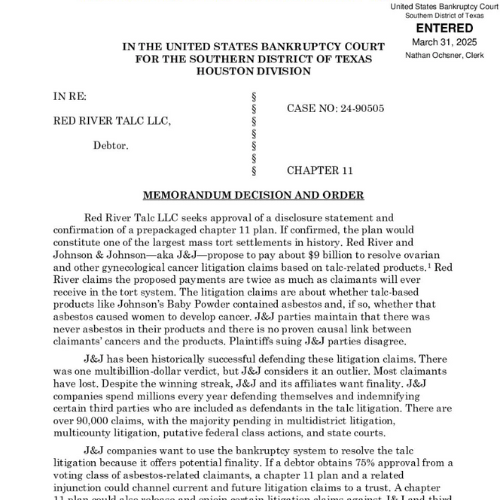Federal agencies have published a new Hazard Alert for workers in stone countertop manufacturing and installation at risk of silica inhalation.
In February 2015, two federal work-safety agencies issued a new Hazard Alert about the health dangers to workers in the stone-countertop industry from exposure to airborne silica. Employers have the legal duty to provide safe workplaces and must comply with federal and state regulations to control worker exposure to silica dust.
Crystalline silica is a naturally occurring mineral found mostly in quartz, but also present in granite and other types of rock, as well as in sand. The American Lung Association reports that it is the second most common mineral in the crust of the earth. When rocks containing silica are used in the manufacture of stone countertops, involved workers are at risk of inhaling tiny silica particles generated in the processes of cutting, sawing, polishing, grinding, sanding, buffing and finishing the products.
While workers directly using power tools on countertop materials are at highest risk, the dangerous dust can also cause harm to other workers like janitors, managers and administrative staff on site.
Countertops are manufactured of cut rock or engineered of composite materials that can include sand or ground stone containing silica. In fact, working with the engineered material puts workers at much higher risk of exposure than does work with pure rock.
Breathing silica dust puts the worker at risk of silicosis, a chronic lung disease, described in the alert as an “incurable, progressively disabling and sometimes fatal lung disease.” Silicosis inhaled into the lungs causes the development of scar tissue, lung tissue stiffening and inflammation, and fluid buildup, decreases blood oxygen levels and results in symptoms of cough, shortness of breath, fatigue, weakness and decreased immunities to other illnesses such as tuberculosis.
According to the American Lung Association, the severity and acceleration of the disease varies with the level of exposure. At low levels, the disease may take at least 10 years to develop; at higher levels, five to 10 years; and at very high levels of exposure, acute silicosis can occur within weeks and cause death within months, sometimes from respiratory failure.
Silica inhalation can also cause autoimmune disorders, lung cancer, kidney disease and more.
The Hazard Alert, published by the Occupational Safety and Health Administration or OSHA and the National Institute for Occupational Safety and Health or NIOSH, says that government inspections of countertop manufacturing worksites have shown that the dust is not always safely controlled.
Federal regulations contain very specific requirements for maintaining safe workplaces, including acceptable levels of silica dust concentrations in the air. The agencies have detailed information and support available to manufactures and other employers regarding machine and equipment modification, as well as using water on various surfaces before disturbing them, to lessen silica dust, usually by means of water application, HEPA-filter vacuuming and containment or barrier creation.
In addition, respiratory protection equipment is available and under certain conditions, the law requires that employers provide appropriate equipment to workers.
The agencies also provide employers with training and consulting services for silica safety, as well as detailed documentation and advice.
Anyone who believes that he or she or a loved one may have developed silicosis or other health problems from exposure to silica in the stone-countertop workplace should speak with an experienced personal injury lawyer to understand what legal remedies may be available, including workers’ compensation and potential lawsuits.
From offices in California, Utah and Oregon, the toxic exposure attorneys of Brayton Purcell LLP represent clients injured by silica or other dangerous substances at work.















